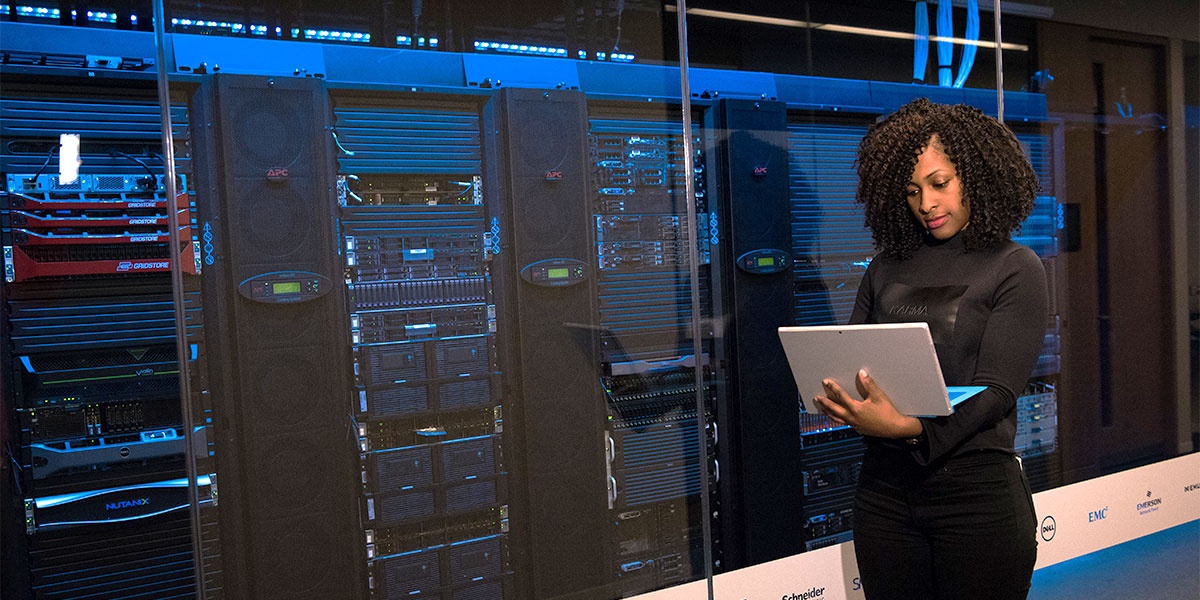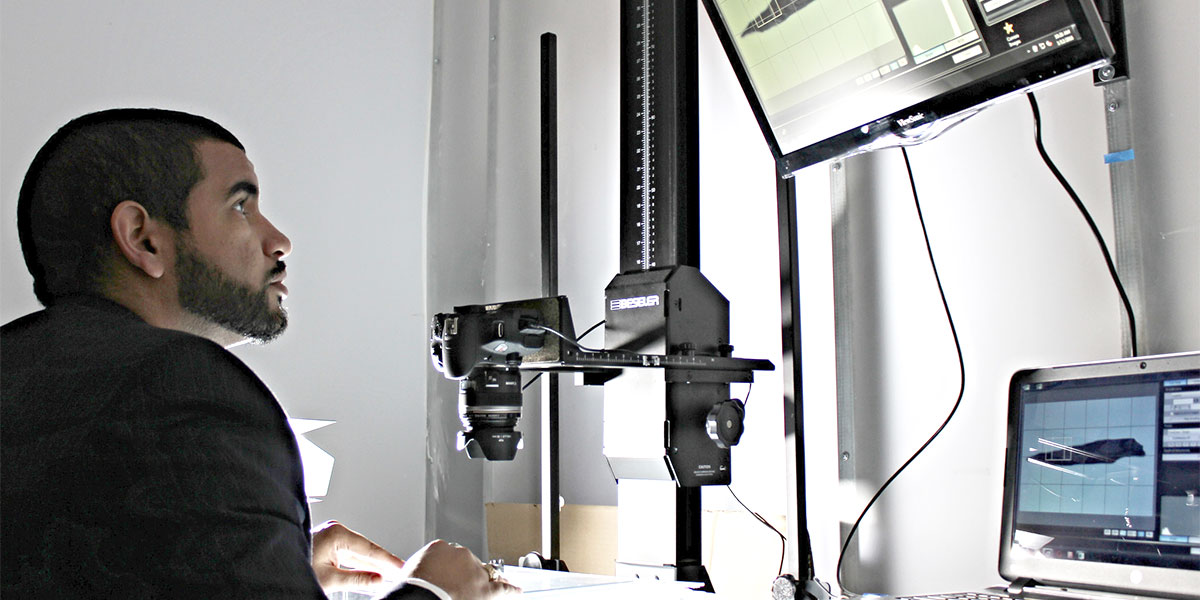Active listening is key to good librarian reference work. Active listening means we’re focused on what our researcher is asking for, not distracted by trying to find resources before the query is complete. Taking time for active listening enhances information professionals’ searches, slows down the urge to rely only on technology and digital resources, and allows time to focus.
We've Moved!
Think Clearly has a new home! Click here to see our latest posts.
*If there’s older content you’d like to catch up on, you can browse right where you are, until Friday, April 5th.
We know it takes a minute to get used to change!
Librarians and Technology Part 6: Active Listening Enhances Focus
Topics: Professional Development, Technology, Special Librarianship
Librarians and Technology #5: Embracing Focus & Increasing Productivity
As information professionals we work with technology all the time. It has built-in benefits and pitfalls. When we ignore or harness the addictive nature of technology, when we maintain our focus and minimize distractions, we increase our productivity. That’s quite a claim, but we all know it’s true. We also know that multitasking isn’t a real skill, it’s a concentration breaker.
Topics: Technology, Special Librarians
Internet of Things and Libraries: Technology Trends that Aren’t “Out-There” Anymore!
Special librarians need to keep our eye on the Internet of Things, since it not only reduces the friction between user and their goals for turning on lightbulbs, meeting with each other, and managing their viewing habits, it’s already a long way into exploring the content universes that they rely on.
Topics: Special Libraries, Technology
Predictions for Social Media in Libraries: Technology Trends that Aren’t “Out-There” Anymore!
Social media is not a static creature. As we have seen, it is a powerful force for both good and bad. And it’s just a toddler now. What is coming up? There are quite a few trends in social media that can be used in special libraries to promote services and products.
Topics: Professional Development, Special Libraries, Technology
Machine-based Learning in Special Libraries: Tech Trends that Aren’t “Out-There” Anymore!
We’ve all heard of IBM’s Watson. Whether winning at Jeopardy or diagnosing medical conditions, it shows great potential and already has proven itself as a partner for humans. Honestly, I believe that it’ll do nothing but grow and develop as a learning machine. Machine-based learning in special libraries is an interesting area to explore.
Topics: Special Libraries, Technology
Increasing User Adoption of Knowledge Management Tools and Technology
In Neil Olonoff’s excellent post “Knowledge Management Tools That Aren’t Tools,” he takes us back to the basic purpose and definition of a tool: something that is supposed to make work easier. It’s easy to agree with that, yet there are so many knowledge management tools that seem to complicate matters, and make work harder. And there in a nutshell is the biggest barrier to user adoption.
Topics: Knowledge Management, Technology
Librarians and Technology #4: Troubleshooting Steps for Librarians
Troubleshooting and testing follows evaluating, reviewing, and recommending technology. Troubleshooting is similar to beta-testing in that you are putting the software or database through its paces to see how it responds.
Topics: Professional Development, Special Libraries, Technology
Augmented Reality in Libraries: Technology Trends that Aren’t “Out-There” Anymore!
Augmented Reality (AR) is a technology that superimposes a computer-generated image on a user's view of the real world, thus providing a composite view. What you may not know is that you can implement augmented reality in libraries, archives, and museums for free in less than five minutes.
Topics: Special Libraries, Technology
Preserving Digital Archives: Choosing Which Digital Archives to Preserve
Appraisal and selection for digital artifacts are similar in the broadest sense to the appraisal and selection of physical archival collections. The framework that each institution uses to guide its selection process is influenced by the scope and subjects of the collecting agencies.
Topics: Digital Archives, Archives, Technology
Librarians and Technology #3: How to Write Software Reviews (Databases, Services Too)
Reviewing and recommending technology, software, products, and services is integral to the evaluation process. As you evaluate new and old technology, recurring costs, and services, it’s important to consider how they fit within your mission and serve your staff and researchers.
Topics: Special Libraries, Strategy, Technology
The sustainability of digital materials depends on standard file formats that will last for the long term. As technology changes rapidly, archivists and other information professionals need to use a narrow set of sustainable file formats to retain information between systems and programs. As new formats develop, sustainability must become part of the design process from the beginning to make the efforts of digital preservation successful.
Topics: Digital Archives, Archives, Technology
Artificial Intelligence: Technology Trends that Aren’t “Out-There” Anymore!
In a recent post, I listed nine newer technologies not just on the horizon but quickly having an impact on both the consumer space and coming fast into our spaces—libraries, archives, museums, and galleries (the so-called GLAM sector).
For the next nine posts I’ll highlight some of the trends in each and explore the impact they may have on our profession and sector(s).
Topics: Artificial Intelligence, Technology
Librarians and Technology #2—Evaluating New Software, Databases or Technology
Evaluating new technology is often a daunting task. Break it down into its component parts to determine if it fulfills your needs. Always keep in mind how the new technology supports your mission, improves the services you provide, and enhances access to your collections and curated information.
Topics: Integrated Library Systems, Special Libraries, ILS, Technology
Digitization within museums takes many forms. With the increasing accessibility of 3D digitization methods, it can be difficult to determine the point at which 2-Dimensional (2D) digitization isn’t enough and 3-Dimensional (3D) digitization is needed. However, there is an alternative option for objects that are mostly 2D, but require a more powerful form of digitization.
Topics: Museums, Technology, Collections Management
Artificial Intelligence (AI) – An Important Tool for Special Librarians
It used to be that everything a special library’s clients needed to know was available ‘in the stacks’—and it was therefore a reasonable assumption that if it was shelved, it should be easily retrievable. Today’s flood of digital content makes it difficult for many libraries to meet the ‘all access’ expectation.
Topics: Artificial Intelligence, Technology, Special Librarianship
Tech Trends: Moving Beyond Transactions to Interpreting Behaviours
We scan the horizon—not just for survival—but for fun and professional development. We have entered a period where massive convergence is stepping up its game. We are no longer just dealing with the convergence of physical technologies into a standard device, as in the past decade where we saw phones, cameras, wallets and payments, loyalty cards, music players, video players, and gaming devices appear along with so much more on our ‘smart’ phones.
Topics: Professional Development, Technology, Special Librarianship
Last week we introduced the topic of 3D digitization in museums. The post investigated 3D digitization adoption and explored one of the two main methods: photogrammetry. This post will evaluate the second method—LIDAR scanning—and will conclude with recommendations for museums to consider when choosing a 3D digitization method.
Topics: Museums, Technology
With increased availability of affordable virtual reality (VR) and augmented reality (AR) technologies, it may seem like 3D digitization of environments, objects, and structures is fairly new. For museums, experimenting with 3D digitization began in the early 2000s and is now becoming commonplace within a museum’s digitization lab.
Topics: Museums, Technology


















